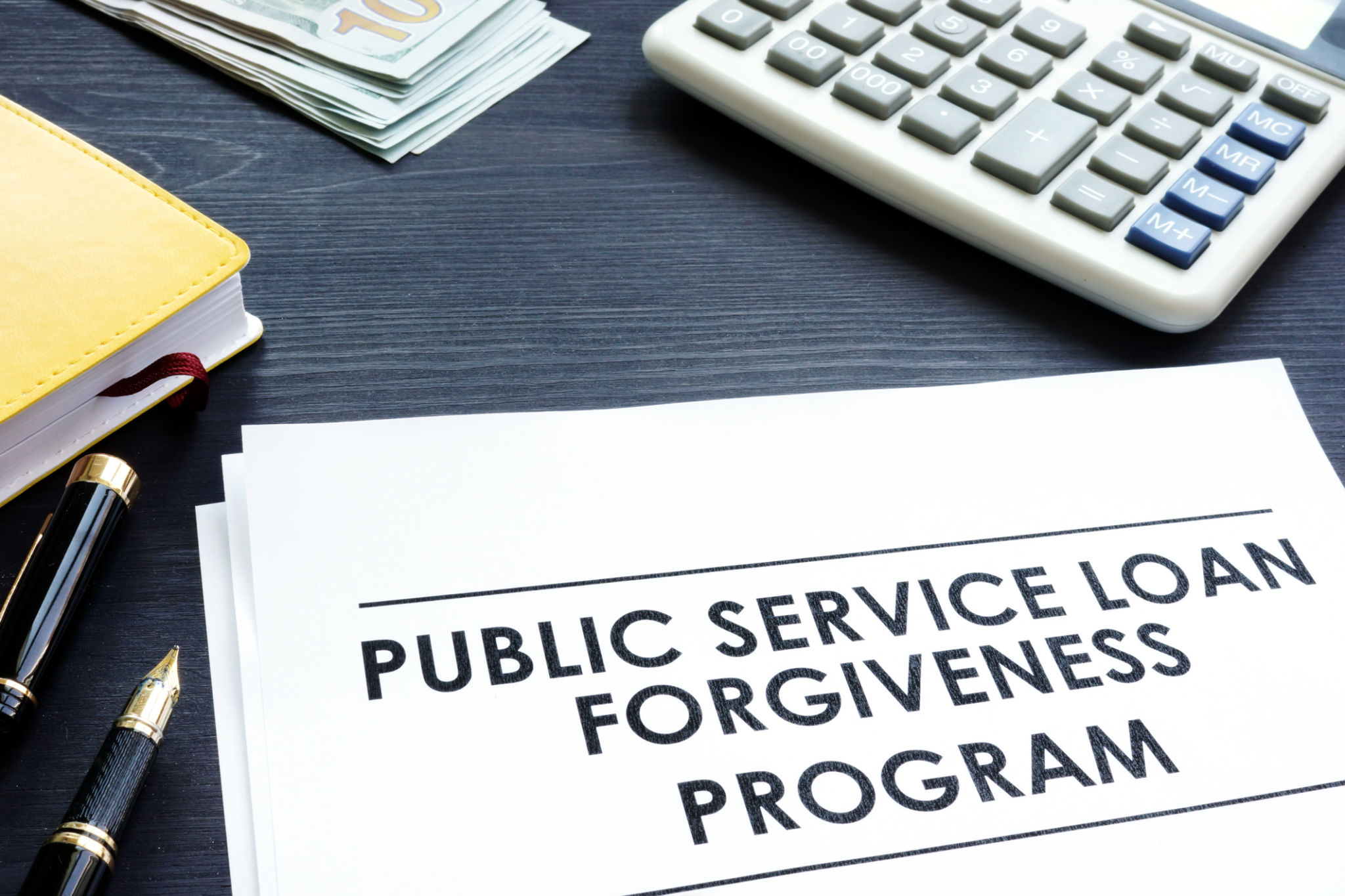Top Tips for Managing Federal Student Loan Repayment
Understanding Your Federal Student Loan Repayment Options
Managing federal student loan repayment can feel overwhelming, but understanding your options is the first step toward financial stability. The federal government offers several repayment plans designed to accommodate different financial situations. These include the standard repayment plan, graduated repayment plan, and income-driven plans like Income-Based Repayment (IBR) and Pay As You Earn (PAYE).
Each plan has its own set of terms and conditions, so it's crucial to evaluate which one aligns best with your current financial situation and future goals. For instance, if you're looking to minimize the amount of interest paid over time, the standard repayment plan might be the best fit. Conversely, income-driven plans might be more suitable if you need a lower monthly payment now, even if it means paying more in interest over the life of the loan.

Creating a Personal Budget
One of the most effective ways to manage your student loan repayment is by creating a personal budget. Start by listing all your sources of income and expenses, including your student loan payments. This process will help you identify areas where you can cut back on spending to allocate more funds toward your loan repayment.
Consider using budgeting tools or apps to track your spending habits and ensure you stay on top of your financial commitments. By being aware of your cash flow, you can make informed decisions that align with your repayment goals and help you avoid unnecessary debt.
Setting Up Automatic Payments
Setting up automatic payments is a simple yet effective strategy to ensure you never miss a payment. Most federal loan servicers offer a small interest rate reduction when you enroll in auto-debit payments. This not only helps in reducing your interest rate slightly but also ensures timely payments, thereby avoiding late fees.

Exploring Loan Forgiveness Programs
If you're working in certain public service jobs or for a nonprofit organization, you may qualify for loan forgiveness programs such as Public Service Loan Forgiveness (PSLF). These programs can significantly reduce or even eliminate your remaining student loan balance after you make a specified number of qualifying payments.
It's important to thoroughly research and understand the qualifications and requirements of these programs to ensure you're eligible. Keep detailed records and submit all necessary documentation to avoid any complications down the line.
Communicating with Your Loan Servicer
Your loan servicer is there to assist you with managing your student loan repayment. If you're experiencing financial hardship or have questions about your repayment options, don't hesitate to reach out for support. They can provide guidance on deferment or forbearance options that temporarily reduce or postpone your payments.

Refinancing Federal Student Loans
Refinancing federal student loans involves replacing one or more loans with a new private loan, potentially at a lower interest rate. While refinancing may lead to lower monthly payments and reduced interest costs, it's essential to weigh the pros and cons carefully.
Refinancing with a private lender means losing access to federal benefits such as income-driven repayment plans and loan forgiveness programs. Consider this option only if you're confident in your ability to repay the loan under the new terms without needing these federal protections.
Staying Informed and Proactive
The landscape of student loans is continually evolving, with new policies and programs introduced regularly. Staying informed about changes in legislation or new repayment options can empower you to make the best decisions for your financial future. Subscribe to newsletters, follow reputable financial blogs, or consult with a financial advisor to keep up-to-date.
By remaining proactive and informed, you can navigate the complexities of federal student loan repayment with confidence and work towards achieving financial stability.